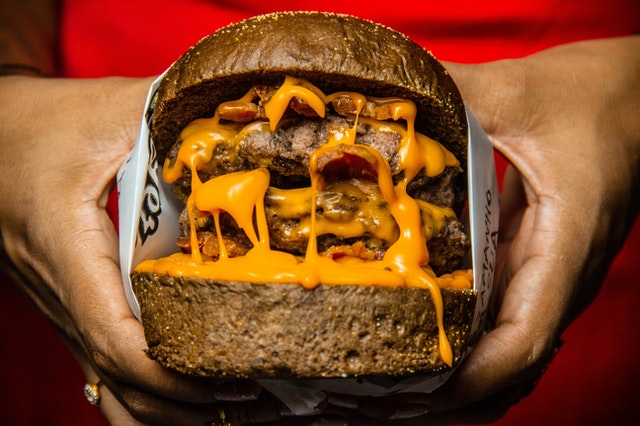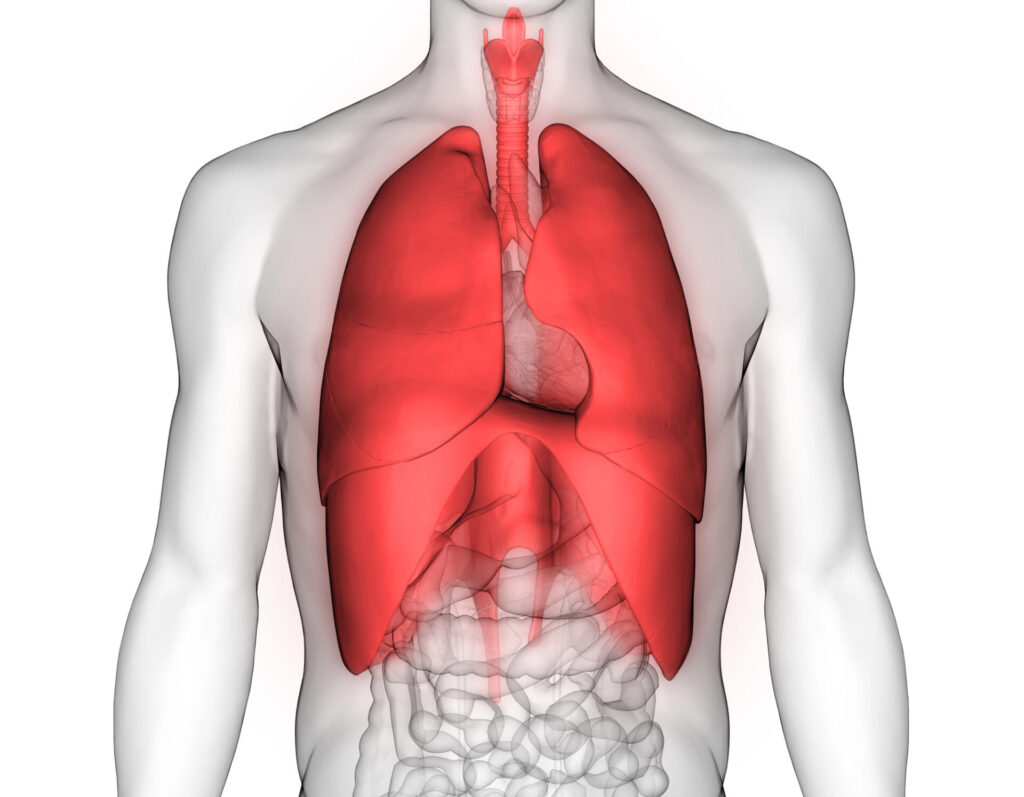American children and teens eat a significant amount of ultraprocessed foods, reports a Tufts University study. And, though foods like while grain breads and dairy fall into the ultraprocessed category, the biggest jump in calories is from ready-to-eat or ready-to-heat dishes, such as takeout burgers and frozen pizza. the second largest spike in calories was from packaged sweets and desserts.
Overall, the calories that children and adolescents consumed from ultraprocessed foods jumped from 61% to 67% of total caloric intake from 1999 to 2018, according data collected by the Friedman School of Nutrition Science & Policy at Tufts University and published in JAMA.
The study characterized trends in ultraprocessed food consumption among U.S. children aged 2-19 years from 1999 to 2018, overall and among population subgroups, using data from 10 consecutive cycles of the National Health and Nutrition Examination Survey (NHANES). It further assessed major ultraprocessed food subgroups consumed by U.S. children in the latest cycle of NHANES (2017-2018) and associated nutrient profiles. The average age of participants was 10.7 years and was roughly equally divided between boys and girls.
“Some whole grain breads and dairy foods are ultraprocessed, and they’re healthier than other ultraprocessed foods. Processing can keep food fresher longer, allows for food fortification and enrichment, and enhances consumer convenience,” said senior and corresponding author Fang Fang Zhang, nutrition epidemiologist at the Friedman School. “But many ultraprocessed foods are less healthy, with more sugar and salt, and less fiber, than unprocessed and minimally processed foods, and the increase in their consumption by children and teenagers is concerning.”
Ultraprocessed Food Study Findings

As mentioned, the uptick in calories primarily came from such ready-to-eat or ready-to-heat dishes as takeout and frozen pizza and burgers, which rose from 2.2% to 11.2% of calories. Coming in a close second, consumption of packaged sweet snacks and desserts, which grew from 10.6% to 12.9%.
- There was a larger increase in the consumption of ultraprocessed foods among non-Hispanic Blacks (10.3%) and Mexican Americans (7.6%) than non-Hispanic Whites (5.2%). Trends in other racial/ethnic groups were not assessed due to lack of sufficient data that allow for nationally representative estimates across survey cycles.
- Calories from often healthier unprocessed or minimally processed foods decreased from 28.8% to 23.5%. The remaining percentage of calories came from moderately processed foods such as cheese and canned fruits and vegetables, and consumer-added flavor enhancers such as sugar, honey, maple syrup, and butter.
There were no statistically significant differences by parental education and family income.
“The lack of disparities based on parental education and family income indicates that ultraprocessed foods are pervasive in children’s diets,” said Zhang. “This finding supports the need for researchers to track trends in food consumption more fully, taking into account consumption of ultraprocessed foods.”
What Else Can We Learn from this Study?
The good news is that calories from sugar-sweetened beverages dropped from 10.8% to 5.3% of overall calories, which is a 51% drop.

“This finding shows the benefits of the concerted campaign over the past few years to reduce overall consumption of sugary drinks,” said Zhang. “We need to mobilize the same energy and level of commitment when it comes to other unhealthy ultraprocessed foods such as cakes, cookies, doughnuts and brownies.”
The rsearchers also compared the composition of ultraprocessed foods to non-ultra processed foods using data from the 2017-2018 period. “We found that ultraprocessed foods contain a substantially higher percent of calories from carbohydrates and added sugars, and higher levels of sodium, but also had less fiber and a lower percentage of calories from protein,” said the study’s first author, Lu Wang, a postdoctoral fellow at the Friedman School.
The researchers suggested in the report that food processing should be looked at more carefully in nutrition research. “We may need to consider that ultraprocessing of some foods may be associated with health risks, independent of the poor nutrient profile of ultraprocessed foods generally,” concluded Zhang.
Conclusion/ The childhood obesity rate has been steadily rising among US youths during the past 2 decades. Increasing evidence links consumption of ultraprocessed foods to excessive calorie consumption and weight gain, but trends in the consumption of ultraprocessed foods among US youths have not been well characterized. Based on the NHANES cycles from 1999 to 2018, the estimated proportion of energy intake from consumption of ultraprocessed foods has increased among youths in the US and has consistently comprised the majority of their total energy intake.





